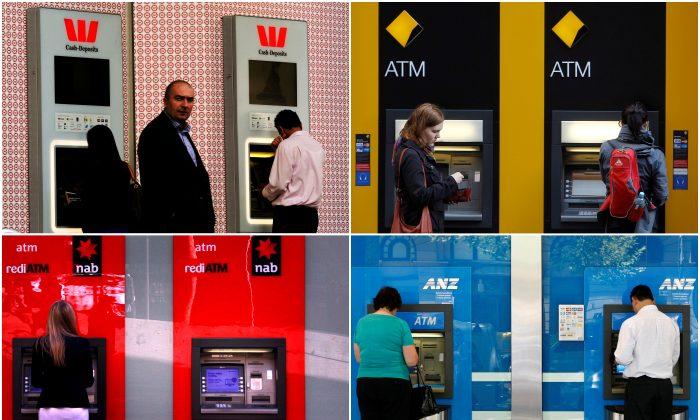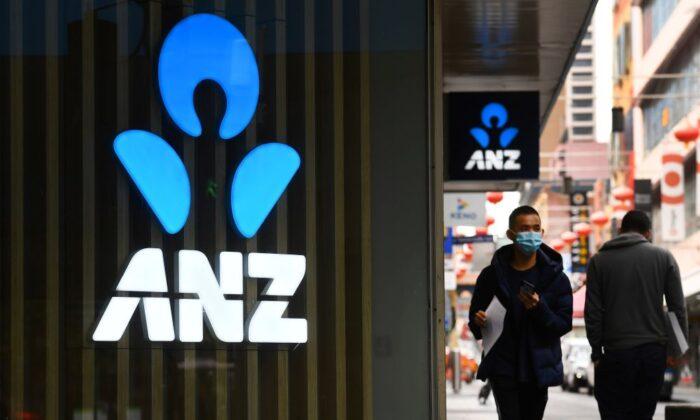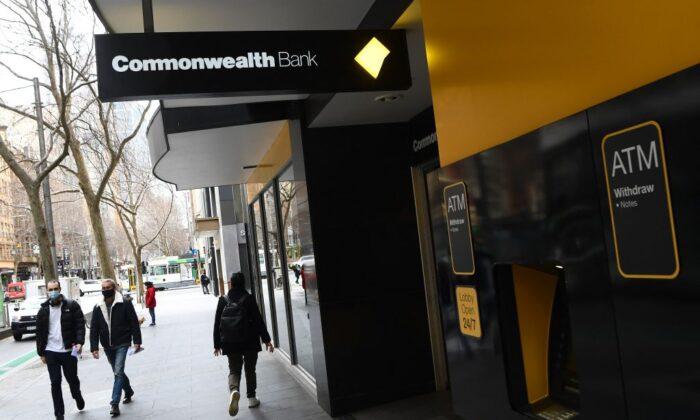AUSTRAC warned that the criminal environment facing the big four—the Commonwealth Bank (CBA), the National Australia Bank (NAB), ANZ and Westpac—is complex and extensive, with money laundering being the primary threat, followed by tax evasion, drug trafficking, fraud and scams. The banks currently are responsible for 47 million customers and 73 percent of all assets in Australia.
AUSTRAC CEO Nicole Rose said it’s vital for banking institutes operating in Australia to work with the government and law enforcement to protect Australia’s financial system and Australians from serious and organised crimes.
The criminal methodologies targeting the major banks are “highly varied,” ranging from a high level of misuse of their cash deposit infrastructure to the purchase of high-value assets, like real estate. However, the report notes that the financial products most vulnerable to ML/FC are transaction accounts, credit card accounts, savings accounts, bank cheques and home loans.
It also highlighted that the major banks had a “nexus to many known or suspected cases of terrorism financing in Australia.”
Further, the assessment found that the major banks have a “mixed record” of applying risk mitigation strategies, despite having committed significant investments to counter money laundering and terrorism financing.
“There have been significant and systemic deficiencies detected in the subsector over recent years,” the report said. “Governance and assurance around AML/CFT (anti-money laundering and counter-terrorism financing) compliance have been identified as a particular concern, and risk mitigation strategies are not always applied consistently.”
These include failing to report to AUSTRAC international transactions worth $11 billion, and the insufficient monitoring of customers whose account activities were consistent with the funding of child exploitation material.





